Wenn du gerade erst beginnst, die Welt der Luftfahrt zu entdecken, ist dir der Begriff „Six Pack“ vielleicht schon begegnet. Aber anders als das Sixpack im Fitnessstudio hat dieses hier nichts mit Training zu tun. Das Six Pack in der Luftfahrt bezeichnet eine Gruppe von sechs grundlegenden Fluginstrumenten, die jeder Pilot benötigt, um ein Flugzeug sicher zu steuern. Sie sind in nahezu jedem Cockpit der Allgemeinen Luftfahrt zu finden und bilden die Grundlage für den Instrumentenflug.
Ich erinnere mich noch genau an das erste Mal, als ich in einem Cockpit saß und all diese Anzeigen vor mir sah. Anfangs war das ziemlich überwältigend. Aber sobald ich verstanden hatte, wofür jedes einzelne Instrument da ist, ergab alles plötzlich Sinn. Lass mich dich durch die sechs Instrumente führen.
Fahrtmesser
Der Fahrtmesser misst die Geschwindigkeit des Flugzeugs relativ zur umgebenden Luft und zeigt sie in der Regel in Knoten an. Die Kenntnis der Fluggeschwindigkeit ist in allen Flugphasen entscheidend – beim Start, im Reiseflug und bei der Landung. Eine angemessene Geschwindigkeit einzuhalten ist unerlässlich, um Strömungsabrisse (Stalls) oder Überschreitungen der maximal zulässigen Geschwindigkeit zu vermeiden. Nur so bleibt das Flugzeug innerhalb seines sicheren Leistungsbereichs.
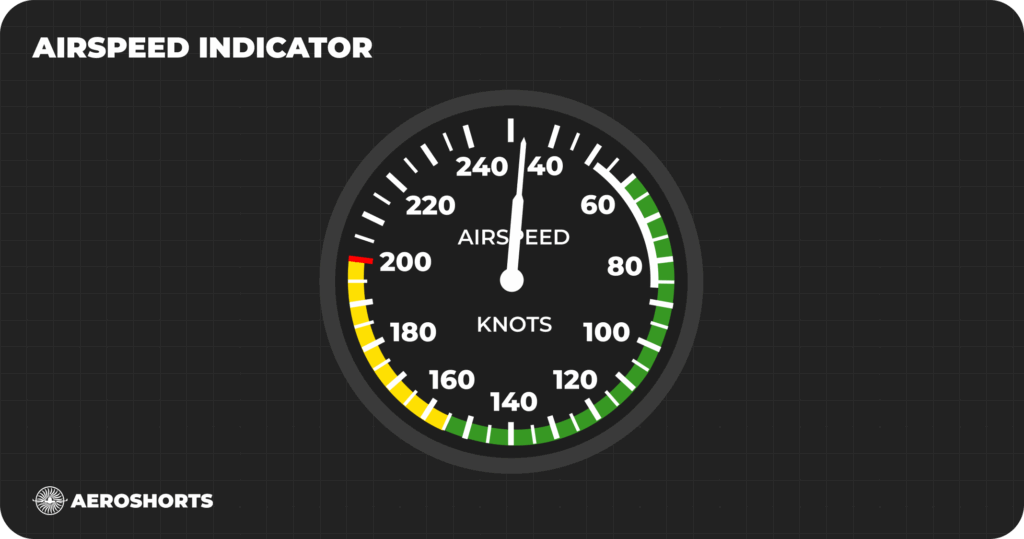
Künstlicher Horizont
Der Künstliche Horizont, zeigt die Ausrichtung des Flugzeugs relativ zum tatsächlichen Horizont an. Dieses Instrument gibt Auskunft über den Nickwinkel (Nase hoch oder runter) und die Rollbewegung (Links- oder Rechtsneigung) des Flugzeugs. Besonders bei schlechter Sicht, etwa in Wolken oder nachts, wenn der natürliche Horizont nicht sichtbar ist, ist der Künstliche Horizont unverzichtbar. Durch das Halten der richtigen Nick- und Rollwinkel sorgt der Pilot dafür, dass das Flugzeug stabil bleibt und auf dem geplanten Kurs fliegt – so werden gefährliche Fluglagen vermieden, die zum Kontrollverlust führen könnten.
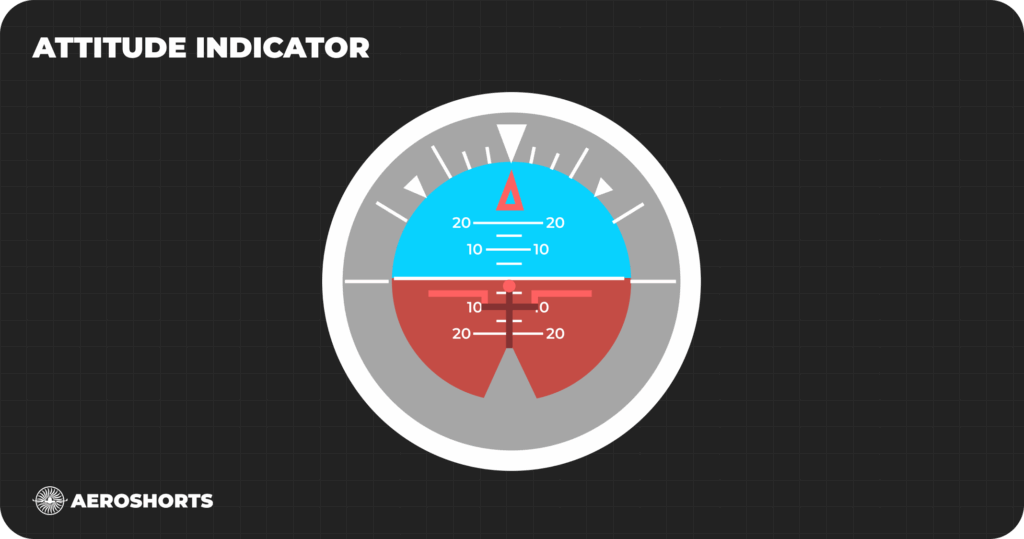
Höhenmesser
Der Höhenmesser misst die Höhe des Flugzeugs über dem Meeresspiegel. Er funktioniert, indem er den Außendruck mit einem Standarddruckwert vergleicht, der in der Regel über die QNH-Einstellung an die örtlichen Bedingungen angepasst wird. Diese Information ist entscheidend, um einen sicheren Abstand zum Boden und zu Hindernissen zu gewährleisten, insbesondere beim Anflug und der Landung. Genaue Höhenangaben sind außerdem wichtig, um den Anweisungen der Flugsicherung zu folgen und vorgeschriebene Flugflächen einzuhalten.
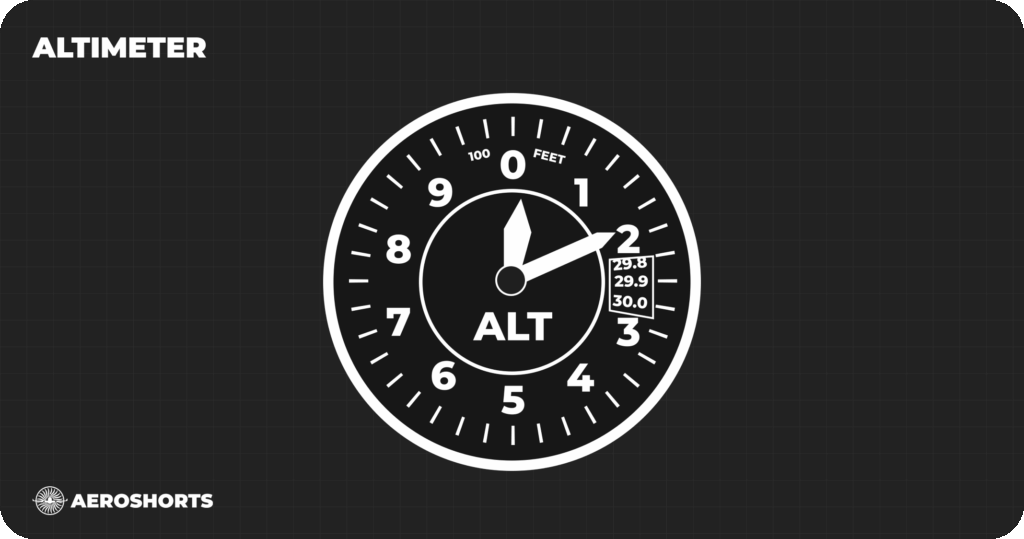
Wendeanzeiger
Der Wendeanzeiger zeigt die Drehgeschwindigkeit des Flugzeugs sowie die Qualität der Kurve an. Er gibt an, ob das Flugzeug nach links oder rechts dreht und ob die Kurve koordiniert ist – das heißt, ob das Zusammenspiel von Querruder und Seitenruder korrekt ist. Der Wendeanzeiger besteht aus einer kleinen Flugzeugsilhouette, die sich in die Richtung der Kurve neigt, und einer Kugel in einer Röhre, die die Qualität der Kurve anzeigt. Ist die Kugel zentriert, ist die Kurve koordiniert; andernfalls rutscht oder schleudert das Flugzeug. Dieses Instrument ist besonders wichtig bei Instrumentenflug, wenn keine Sicht auf den Horizont vorhanden ist.
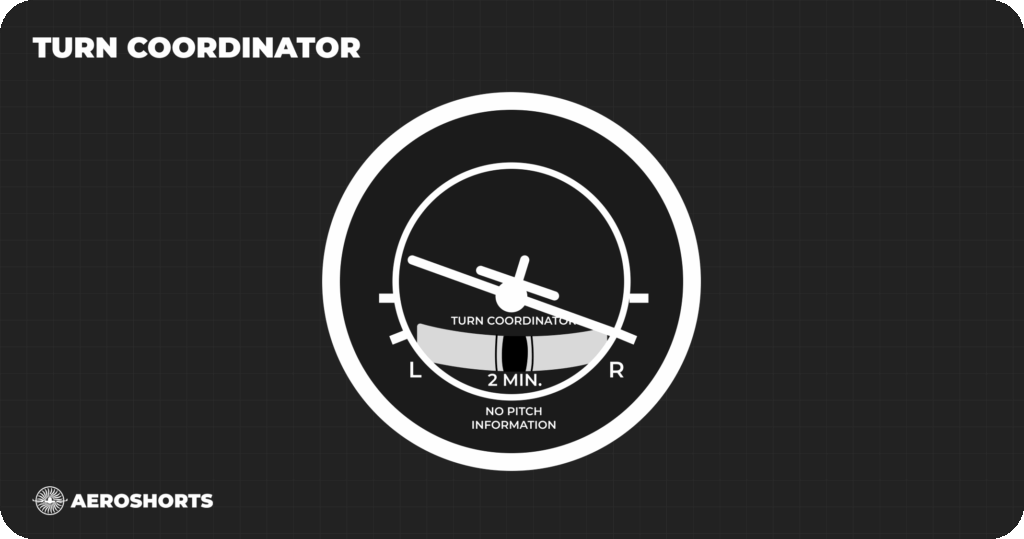
Kurskreisel
Der Kurskreisel zeigt die Ausrichtung des Flugzeugs relativ zum magnetischen Norden an. Im Gegensatz zum Magnetkompass, der durch Beschleunigungen und Kurvenfehler beeinflusst werden kann, liefert der Kurskreisel eine stabile Navigationsreferenz. Piloten gleichen den Kurskreisel regelmäßig mit dem Magnetkompass ab und korrigieren eventuelle Abweichungen. Dieses Instrument ist unerlässlich, um genaue Navigation entlang geplanter Flugrouten sowie bei Instrumentenanflügen sicherzustellen.
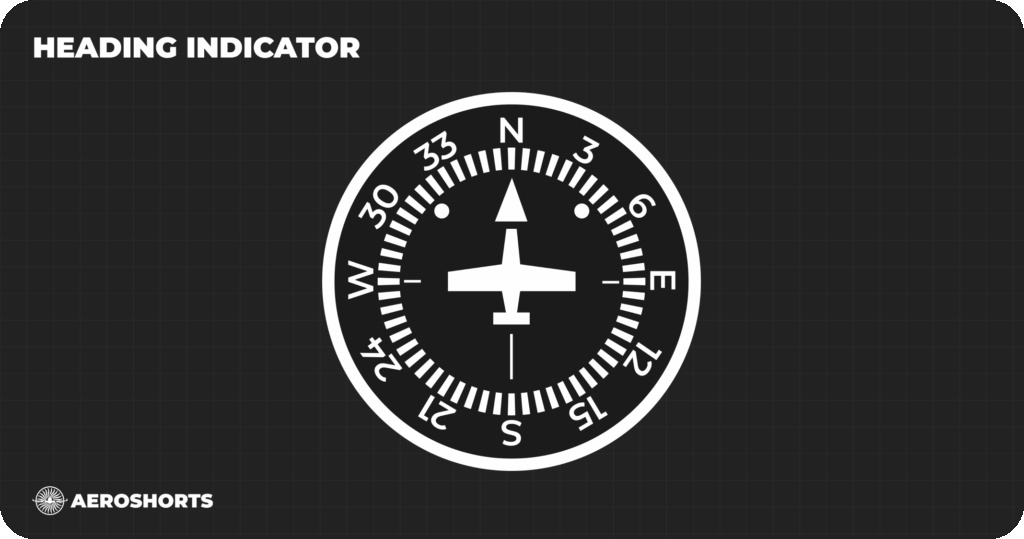
Variometer (Steig- und Sinkanzeiger)
Das Variometer misst die Steig- oder Sinkrate des Flugzeugs in Fuß pro Minute. Es hilft Piloten, kontrollierte Steig- und Sinkflüge durchzuführen und plötzliche Höhenänderungen zu vermeiden, die für Passagiere unangenehm sein oder zu Konflikten mit anderem Luftverkehr führen könnten. Durch die Überwachung der Vertikalgeschwindigkeit können Piloten sanfte Übergänge zwischen verschiedenen Flugflächen sicherstellen und den Anweisungen der Flugsicherung folgen.
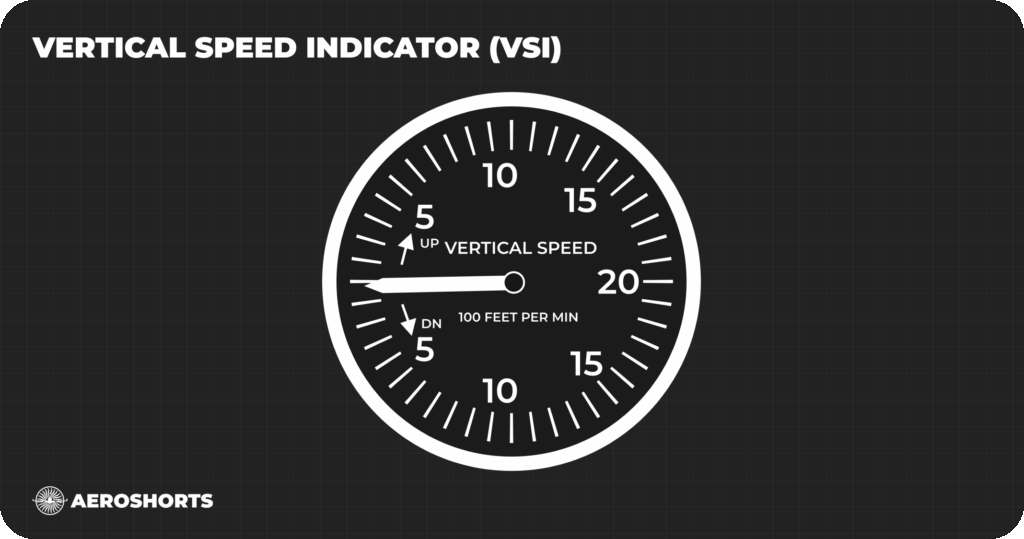
Warum das Six Pack in der Luftfahrt auch heute noch wichtig ist
Auch wenn moderne Flugzeuge heute häufig mit Glascockpits und digitalen Anzeigen ausgestattet sind, bildet das Six Pack in der Luftfahrt nach wie vor die Grundlage der Instrumentenausbildung. Diese Instrumente gibt es seit Jahrzehnten, und sie spielen weiterhin eine zentrale Rolle in der Pilotenausbildung. Sie vermitteln dir die Grundlagen der Situationswahrnehmung, die du unabhängig von der technischen Entwicklung im Cockpit immer bei dir tragen wirst.
Als ich das Fliegen lernte, hat mir das Verständnis des Six Packs viel Sicherheit gegeben. Es ist der Moment, in dem man sich wie ein echter Pilot fühlt. Und selbst heute schaue ich bei Flügen, besonders in einfacheren Flugzeugen, immer wieder auf diese Instrumente.
Abschließende Gedanken
Das Six Pack in der Luftfahrt ist nicht nur eine Ansammlung von Anzeigen – es ist dein bester Freund im Cockpit. Zu lernen, diese Instrumente richtig abzulesen und zu interpretieren, ist einer der ersten großen Schritte auf dem Weg zum sicheren und kompetenten Piloten. Wenn du neu im Fliegen bist, empfehle ich dir, dich intensiv mit jedem Instrument vertraut zu machen, bis das Ablesen zur zweiten Natur wird.
Du möchtest mehr über das Fliegen oder andere Luftfahrtthemen erfahren? Dann bleib dran – in diesem Blog geht es darum, Luftfahrt einfach und spannend zu machen.